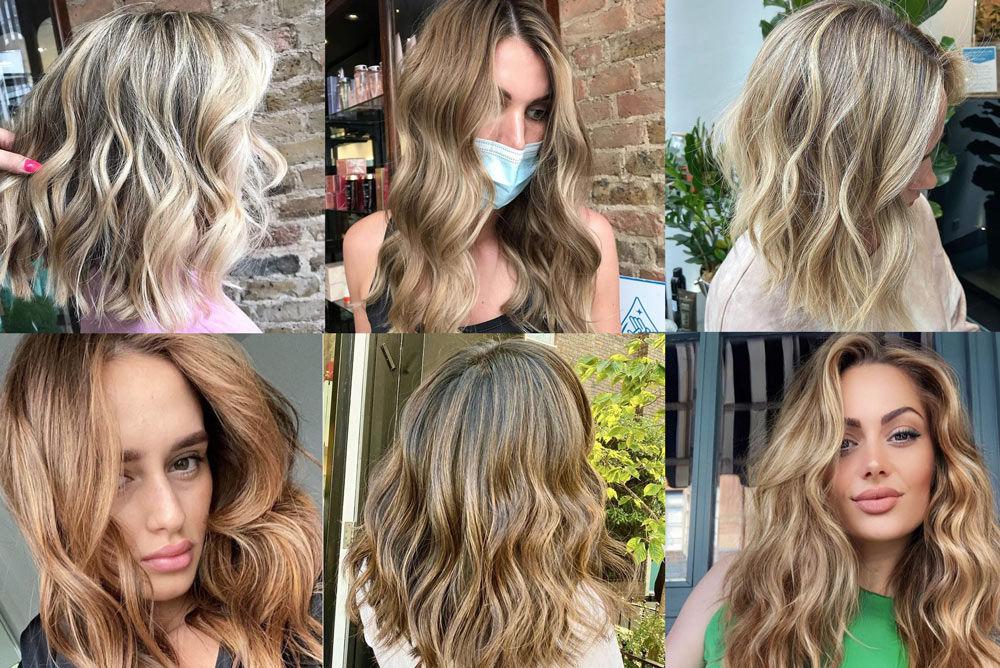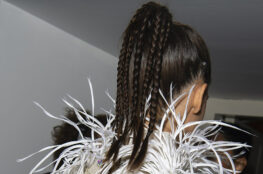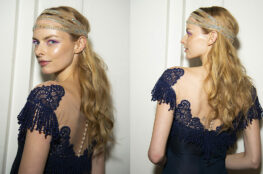Do you often feel confused with the huge variety of colouring options available at the salon? Rest assured you are not alone. We turned to colour Director Seniz Alkan to help debunk the Neville Hair and Beauty colour techniques on offer for ease ahead of your next appointment.
Highlights
Old school, but still the most in demand highlights are a colouring technique applied by stylists using a weaving technique. Placed directly from the root, then folded into foils the highlights are then go under the heat to lift the hair to its desired potential. Depending on your hair type and texture, the colourist will then choose the width of the highlights. This will be determined by leaving sections of natural hair between each highlighted section.
Balayage
Balayage means “to sweep” in French. Accordingly, carefully placed colour is swept onto the hair for a natural, sun-kissed finish.
Palm Painting
Palm Painting™ is an innovative technique to achieve free flowing and multi-dimensional hair colour. Ditching all the usual paraphernalia that comes with colouring, Palm Painting™ is achieved by using hands and eye for colour placement! Cutting colour application time by at least 40 minutes and giving you a total hand on approach to colour, this will be the moment you evolve the full metal foil head for something utterly refreshing. By picking out the lighter areas, we work on enhancing and lifting. Thus, delivering a soft, uncontrived effect. Similarly, Palm Painting™ produces a gentle, more unaffected appearance, avoiding harsh, angular foil lines.
Ombre
Ombré means “shadow” in French and this technique achieves a dark roots/light ends effect unique to you.
Shatush
Similar to balayage, Shatush is extremely soft and the results subtle. It’s the perfect colour service for those wishing to add dimension to their hair. Exclusive to Neville Hair & Beauty, Shatush is created using his finger tips and a cone only. The cone is used to achieve a gradient effect. The hair closer to the cone is darker and more blended, whereas the external hair which surround the face is brighter and lighter in colour. By using the cone, he can achieve a similar effect to balayage. By using his hands on the cone, he has more versatility and can create colour without using foils, which is ultimately better for the condition of the hair and does it protect it from the heat. This technique is better suited to someone who is really looking for a natural effect, less fuss, less regrowth. The results of the hybrid colour with the cone are more natural and unlike standard balayage, the hybrid colour technique is extremely visual and unlike any other colour technique seen to this day. By using his fingertips and hands to apply the colour, this enables him to delicately place colour whereas a brush stroke can have a more pronounced effect. Domenico likes working with his hands as he is more in control with the sensitivity of the hair.
Henna
Henna by Philip Martin’s is a natural colour service that tones, purifies, moisturizes, volumizes and offers the best re-pigmentation to faded and brittle hair. The treatment, created with dyeing herbs based on Lawsonia Inermis (in nature Intense Copper) and other herbal blends, allows the creation of a wide range of reflections. Henna masks and reflects white hair and is ideal for those who do not use oxidation colouring or who want to give to the colour a new lease of life.









